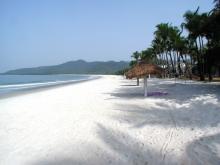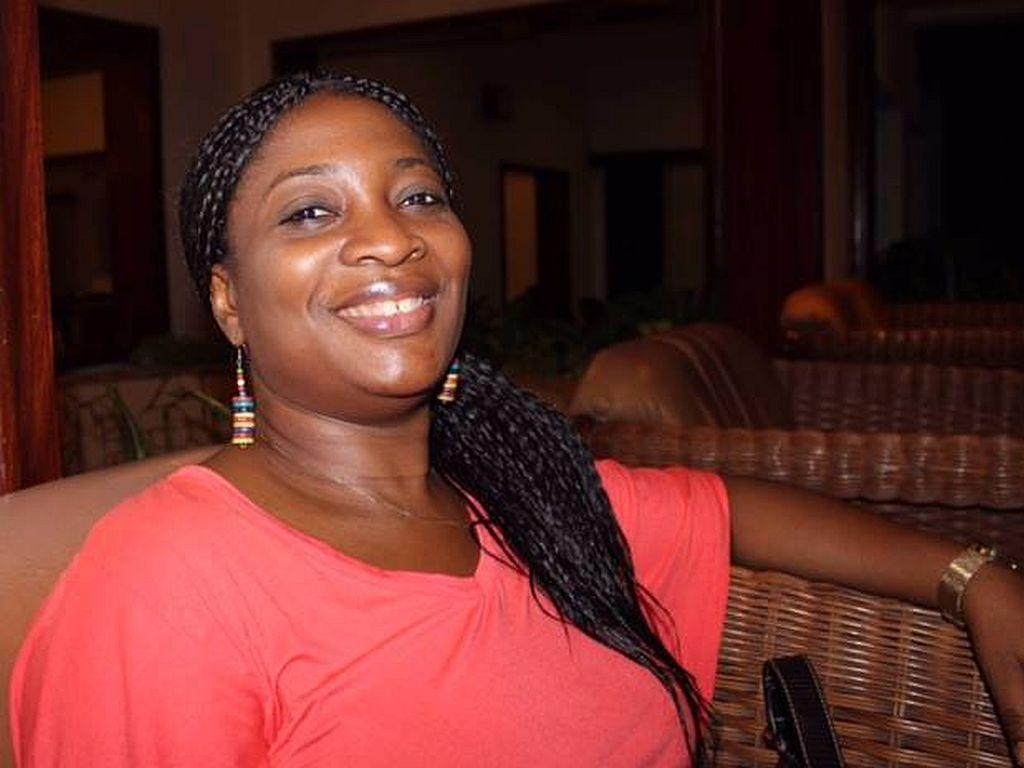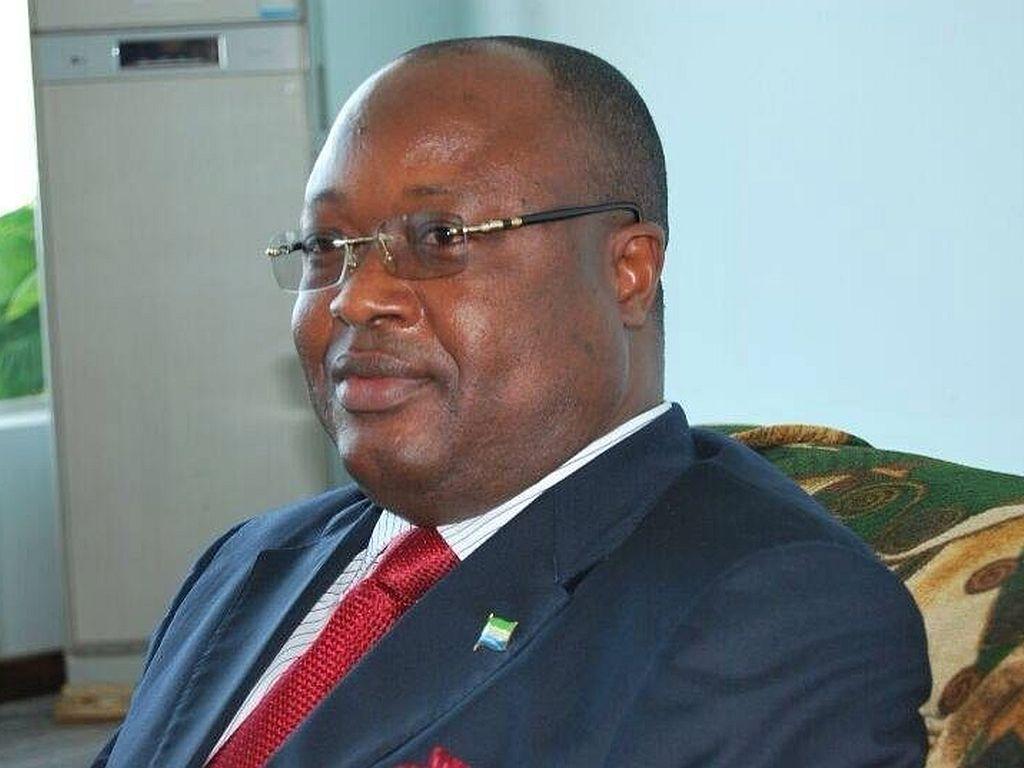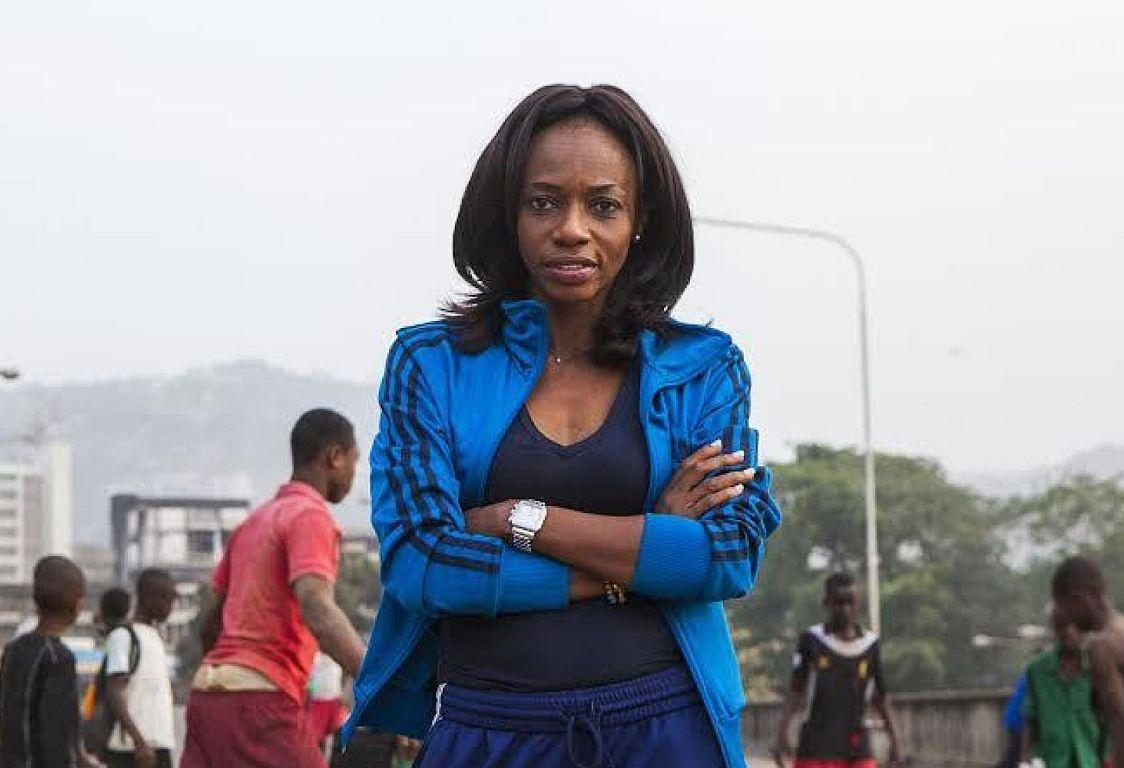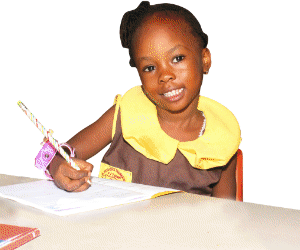Despite notable progress, the underlying drivers of fragility continue to pose significant downside risks for the country’s development. High rates of youth unemployment, at 70%, gender inequality, high levels of perceived and real corruption, weak human and institutional capacities and poor economic governance systems, especially public financial management (PFM) and revenue management systems, constrain the Government’s capacity to implement its development agenda.
Limited physical infrastructure, especially in energy, water supply and roads, inhibit inclusive and sustainable growth and limit the country’s ability to implement its transformation agenda.
Poverty and Inequality
Sierra Leone has made substantial progress in its socio-economic indicators since the end of the war, moving 10 places upwards from the unenviable human development position it held a few years ago.
Despite these improvements, there are significant challenges in socio-economic development characterized by its continued fragile status. Results from the 2011 Sierra Leone Integrated Household Survey (SLIHS) indicate a decrease in the poverty rates, from 66% in 2003 to 52.9% in 2011, with the decline being more in urban relative to rural areas. Underlying this poverty reduction was an annualized 1.6% per capita increase in real household expenditure from 2003 to 2011. Urban poverty declined from 46.9% in 2003 to 31.2% in 2011. District level poverty analysis showed that by 2011 most districts had converged to poverty levels between 50 and 60%, with the exceptions being Freetown at 20.7%; and 64% percent of households in the top two quintiles were found in the western urban areas.
Progress on MDGs and Other Social Indicators
On a comparative basis, Sierra Leone ranks below most African countries for many social well-being indicators. As is the case with other fragile states, progress towards meeting the MDGs remains a critical challenge (see Annex 3). The country has, however, improved its position in the Human Development Index (HDI), moving from 0.252 in 2000 (ranking 187/187 countries, reflecting the war torn status) to 0.359 in 2012 (ranking 177 out of 187 countries). Despite the achievement of moving 30% upward in the index during the twelve-year period, the country lags behind the Sub-Saharan Africa HDI average of 0.475. The country ranks poorly with its neighbors, even at the MRU level: only 40% of the rural population has access to an improved water source; Guinea has 59% of its rural population accessing water; while in Ivory Coast the figure is 66%. For sanitation, Sierra Leone has only 13% of its population having access to improved sanitation compared to Guinea, which has 19%, Liberia 32%, and Ivory Coast 24%. The Sub Saharan Africa’s average for sanitation access is 39%. The figures are similar for urban water supply.
Youth Challenges
Sierra Leone has a youthful population, with 63% of the population below the age of 25 years. Due to the civil war, a large proportion of this population has limited education or vocational skill levels, thereby adding further challenges to their absorption into the small formal labor market in Sierra Leone. With youth unemployment projected to reach over 70%, during the next five years there is a need to create over 300,000 jobs to engage different categories of unskilled and skilled youths. Creating such jobs shall certainly require a more robust economic growth rates than the current rate that is sustained over the long-time. The A4P outlines multi-sectoral strategies for generating the required employment opportunities, with a strong youth orientation, and driven by inclusive private sector development.
Gender Equality
The Government of Sierra Leone has enacted various laws to ensure the protection and promotion of the rights of women and children. The National Policy on the Advancement of Women and the National Policy on Gender Mainstreaming – were adopted in 2009 to guide the government’s gender-equality aspirations.
In spite of the efforts made to close the gender gaps, considerable disparities still exist. Sierra Leone ranked 139 out of 148 countries in the 2013 Human Development Report’s gender inequality index. In Sierra Leone, only 9.5% of adult women have reached a secondary or higher level of education compared to 20.4% of their male counterparts. For every 100,000 live births, 890 women die from pregnancy related causes; and the infant mortality rate is 104.2 per 1000 live births. Women continue to suffer from significant inequalities in terms of literacy rates, access to land, and legal protection. According to a CEDAW survey in 2009, 63% of women in urban areas and 84% in rural areas are engaged in the informal sector, hampered from reaching their potential by poor and unequal access to land (based on customary practices), skills training, appropriate technology, functional literacy and information on markets and finance. Female participation in the labor market is 66.3% compared to 69.1% for males. Women have made strides to attain gender equality in key decision-making positions; they currently occupy 12.9% of parliamentary seats. An affirmative action bill allocating 30% of leadership positions to women is pending a constitutional review. The Government (through Bank support) has prioritized gender issues in its A4P, by having a dedicated pillar for gender and women’s empowerment, as well as mainstreaming these themes in the other pillars.
Environment and Climate Change
Sierra Leone has serious environmental challenges. The 2010 Environmental Performance Index ranks Sierra Leone at the bottom (163rd out of 163 countries), and registers some significant regressions since the end of the civil war. Therefore, managing natural resources more sustainably is critical in Sierra Leone, both from environmental and economic perspectives, since key development sectors (mining and agriculture) rely on sound natural resources management. Sierra Leone’s environmental challenges will be compounded with the effects of climate change. Recent projections indicate that the mean annual temperature may increase by 1.0 to 2.6°C by the 2060s. Considering its low level of development and capacity to cope with extreme events, the country is considered as very vulnerable to the adverse effects of climate variability.
The Government has realized that strong economic growth will require that environmental and sustainable management of natural resources policies be effectively formulated and implemented to avoid the risk of irreversible damage. The Government, with support from the Bank, iscommitted to pursuing a Green Growth path, as already reflected in its A4P. The establishment of the Environmental Protection Agency has strengthened the national capability to monitor and reinforce policies for addressing environmental issues appropriately.
Response by the Bank
In responding to these critical challenges, the African Development Bank Group proposes a Country Strategy Paper that supports key elements of the A4P, based on broad consultations and selectivity principles. For these reasons, the proposed strategy will focus on two pillars that are designed to deepen Sierra Leone’s transformation and transitioning towards a more resilient development path. Pillar 1: Enhancing Economic Governance and Transparent Management of Natural Resources Revenue will build on existing public financial management (PFM) reforms and promote the transparent management of natural resource revenues; and Pillar 2: Supporting Transformational and Sustainable Infrastructure Development in energy, roads and water will facilitate inclusive green growth, foster regional integration and enhance private sector development and competitiveness. Support to these critical areas would also seek to diversify the economy into areas that are employment driven and inclusive in nature across demographic, gender and geographic groupings. The regional dimension of fragility is also considered in the formulation of the strategy as this would contribute to addressing the spillover effects of conflict.
Editor’s Note: The above piece was excerpted from the Sierra Leone Country Strategy Paper 2013-2017, a perspective of the African Development Bank Group.
© Politico 14/04/15



